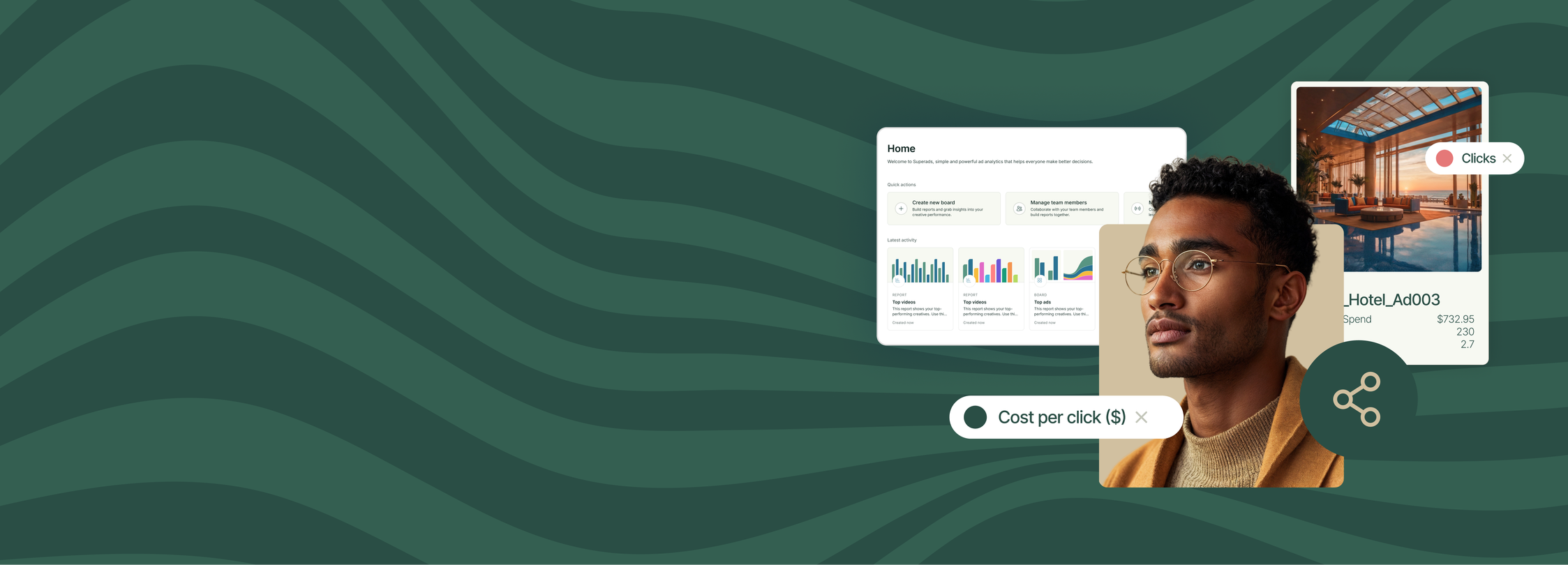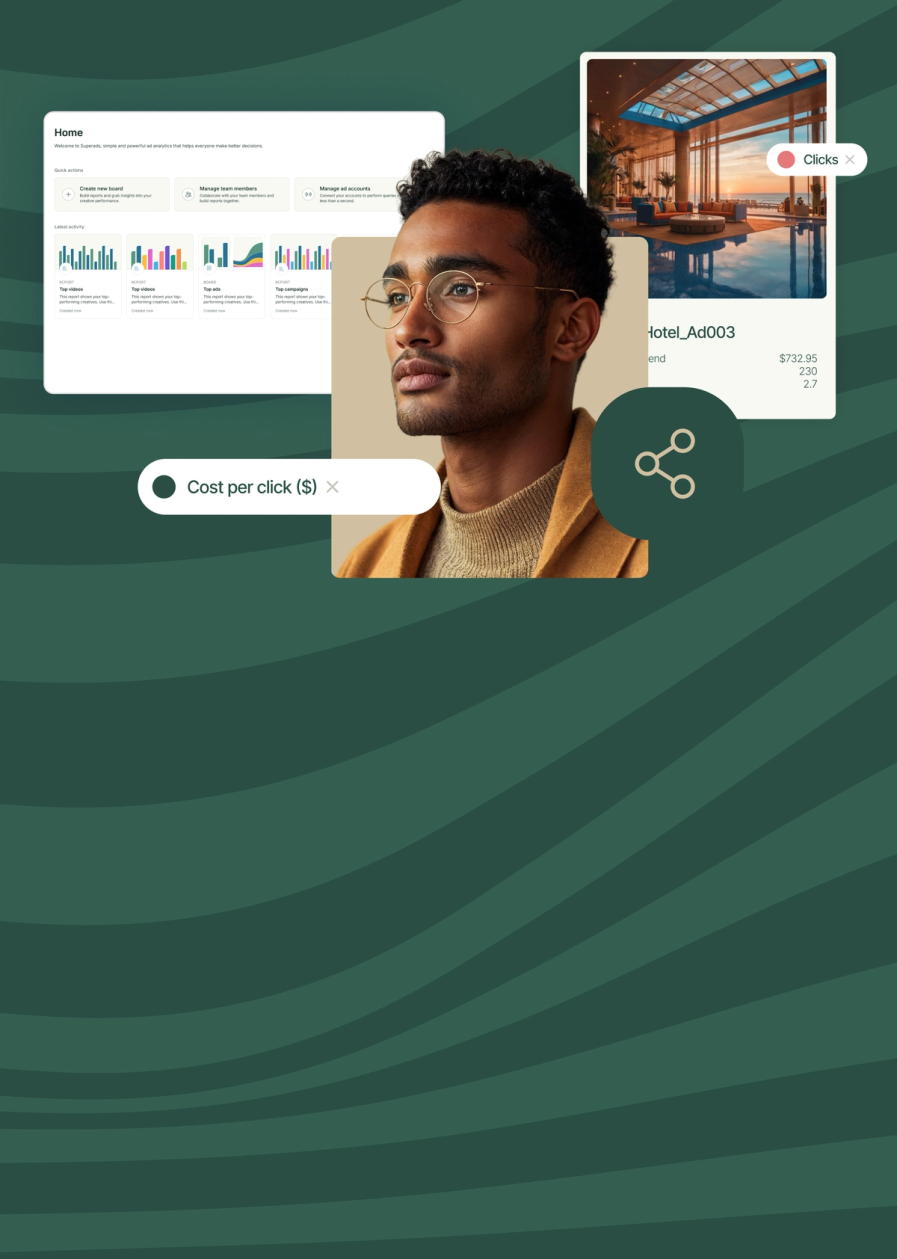
Today, and more than ever, good design is essential for any business success. Research shows companies investing in design see increased revenue and shareholder returns, with top firms linking design to product speed, cost savings and revenue growth.
Interested in these insights? Read below what top industry experts believe about the impact of design on businesses in the pipeline.
Design has never been more on demand.
As the first interaction for most customers with businesses, it’s just everywhere—from the homepage of your favorite website to the product packaging your new sneakers arrived in.
With smartphones, tablets and digital interfaces at every turn, every design element now affects nearly every consumer touchpoint during the customer journey.
That’s why the smartest companies are investing in good design systems for all their inputs—and for a good reason: It’s good for the bottom line.
A 2018 McKinsey report, “The Business Value of Design,” put the impact of design on your bottom line with data: Over five years, companies that invested in good design had 32% more revenue and 56% more total returns to shareholders.
Is your company investing enough in design? Read below data-driven insights and historical examples from visionary leaders who used powerful designs to communicate value to their target audience—and why you should start to do it too for every asset you have.
The Visionaries Who Saw Business Impact in Design
The business value of design (and design teams) has been trumpeted for decades by luminaries like industrial designer Raymond Loewy, Thomas J. Watson Jr. or Steve Jobs. It’s only recently, however, that the impact of design has truly gained mainstream recognition.
Why? Because it works.
But, there have been earlier ideas, projects and people who thought about what good design meant and what it could do for a business. These internationally recognized industry geniuses always agreed with the influence of design in everything a company produces.
"Good appearance [is] a salable commodity." — Raymond Loewy
Source: Raymond Loewy Official Website
Raymond Loewy, responsible for the Coca-Cola bottle and logos for Air Force One, Shell Oil, Greyhound and the US Postal Service, originated a technique known as streamlining that ultimately revolutionized industrial design.
He called it “beauty through function and simplification” and boosted the entire profession by showcasing the practical benefits of functional style.
In his book, Industrial Design, Loewy explained: “Success finally came when we were able to convince some creative men that good appearance was a salable commodity, that it often cut costs, enhanced a product’s prestige, raised corporate profits, benefited the customer and increased employment.”
"Good design is good business." — Thomas J. Watson Jr.
Source: IBM
In 1956, Thomas J. Watson Jr., IBM’s second president, who transformed the company’s now-iconic aesthetic, determined to put his stamp on the business success that still lives on. He hired Eliot Noyes, a respected architect and curator of industrial design at New York’s Museum of Modern Art.
Noyes was brought on as a design consultant to create a first-of-its-kind corporate design program for IBM. Noyes had a revolutionary, holistic vision that would incorporate everything from IBM’s product lines to its buildings, décor, logos and marketing.
It marked perhaps the first time in which an organization—its management, operations and culture, as well as its products and marketing—was conceived of as an intentionally created product of the imagination, as a work of art. Noyes wrote, “In a sense, a corporation should be like a good painting; everything visible should contribute to the correct total statement; nothing visible should detract.”
Watson knocked it out of the park with Noyes. Steven Heller, author and longtime design director at the New York Times said, “The impact [he] had was incredible. He oversaw the modernization of all aspects of the brand. IBM became the company to beat, the paradigm of the modern corporation.”
"Simplicity is the ultimate sophistication." — Steve Jobs
Source: Computer History
Fast forward 20 years to Apple’s first marketing brochure, “Simplicity is the ultimate sophistication.” That maxim and Steve Jobs’ obsession with product design fueled the biggest revolution in the history of tech design and built an almost cult-like following for Apple’s products.
Jobs, whose vision with product packaging paved the way for today’s tech industry, wanted all Apple products to be beautiful, clean, friendly and fun. That ethos of simplicity in design along with a willingness to push the envelope in product development has made Apple an absolute behemoth; a powerhouse that shows no signs of slowing down.
Apple’s brand design success has hinged on creating highly intuitive user interfaces that make their products accessible to anyone, enhancing user experience. They’ve shaped an entire industry with design at its center.
So much more than a frill or an afterthought; form is now equally as important as function. Even their fiercest competitors, Samsung, Microsoft and Google have mimicked Apple’s clean, bright design aesthetics.
Watch these case studies where successful, clean and strategic designs translated into multiple business opportunities and more customers’ revenue.
How Design Impacts Business Success
Not so long ago, in a galaxy not so far away, good design was considered a frill. Those days are gone. Both industry thought leaders and multiple reports attribute design as a vital element for business success.
McKinsey’s 2018 research about design and business impact is one of these top-reports. It aimed to “study the design actions that leaders can make to unlock business value.” To do so, they tracked the design elements and practices of 300 companies in multiple countries over five years.
The study spanned three industries: medical, technology and retail banking. McKinsey collected over two million pieces of financial data and recorded over 100,000 design actions.
The McKinsey team used advanced regression analysis to uncover the 12 actions that show the greatest correlation with improved financial performance and then clustered those actions into four broad themes:
- Analytical leadership
- Cross-functional talent
- Continuous iteration
- User experience
Those themes formed the basis of the McKinsey Design Index (MDI), a metric that rates companies’ strength in design and how that links up with their financial performance.
Source: McKinsey & Company
Their findings identify a strong positive correlation between valuing design and superior business performance across all three industries, indicating that well-done design impacts the health of your bottom line whether your company deals in “physical goods, digital products, services or some combination of these.”
"Top-quartile MDI scorers increased their revenues and total returns to shareholders (TRS) substantially faster than their industry counterparts did over a five-year period—32 percentage points higher revenue growth and 56 percentage points higher TRS growth for the period as a whole."
The Business Value of Design In Numbers
In 2019, InVision released “The New Design Frontier”. They surveyed 2,200 companies—from large enterprises and governmental organizations to small businesses and NGOs—spanning 24 industries to see how the impact of design helps create better business outcomes.
In it, they identified five levels of design maturity—Level 1 being the least mature and Level 5 being the most. These are the main takeaways:
- Companies at Level 5 have pretty much-institutionalized design throughout their entire organization
- 92% of them said they could draw a straight line between their design teams' work and their company's revenue
- 84% of those same companies said design had improved their ability to get products to market
- 85% said they'd been able to deliver cost savings through design.
The more mature the design function was at each organization, the more directly its positive impact was felt on the bottom line. The study authors wrote, “Organizations that embrace and integrate design practices also report more positive business outcomes, including when it comes to product, position, profit and more.”
Businesses with mature design functions are also reshaping the making of products and corporate portfolios that further drive and place the organization at the vanguard of its industry.
What to learn from these insights?
With consumer expectations rapidly evolving and influenced by companies like Amazon and Google, businesses face new challenges. More platforms and competitors are vying for customers’ attention, making it harder to stand out.
Benedict Sheppard, a partner at McKinsey who leads product development and design practices in the U.K. says, “We’ve just seen over the last five years, this explosion of senior business leaders saying, ‘Help, we need to up our game in terms of product and service design.’ It’s getting harder and harder to make products and services stand out from the crowd.”
The good news: there’s also more data available than ever before, allowing companies to pursue “user-centric, analytically informed design” in ways we never could have dreamed of when the first Mac launched.
For example, AI-enhanced capabilities are bringing more possibilities in design than ever before in multiple industries. A McKinsey 2024 report affirmed that although AI can’t replace human talent in design, they saw a 70% reduction in product development cycle times when used in industrial design processes. This reduction enabled teams to spend more time optimizing and refining products to make more informed, better decisions.
Source: McKinsey & Company
Puzzlingly, many companies have been slow to take advantage. According to McKinsey’s data, over 40% of companies surveyed still won’t communicate with end users during the development process, and just over 50% have “no objective way to assess or set targets for the output of their design teams.”
Report Design Outcomes With Creative Performance Analytics
When there are no clear metrics to link financial performance to design functions, many executives are reluctant to put the resources that performance marketers and designers need. As anyone who has ever worked in innovation will tell you, a lack of C-suite buy-in can be crippling to any true systemic cultural or structural change.
If fortune truly favors the bold, when it comes to making better design decisions, it seems that fortune simply favors the well-informed. An investment in good design is an investment in a healthy bottom line.
And when it comes to optimizing design for better ad performance, finding a dedicated design partner to help you report creative can be a daunting task if there are no clear parameters. SuperAds can help you drive the connection between creative and numbers.
Empower your team and executives with clear, real-time data on creative performance. Understand the wins of your ads and get AI-custom suggestions for those underperforming in a collaborative platform where everyone can align to scale.
Sign up today for free and start reporting results in seconds.
The Line Between Creative Performance and Business Outcomes
Design is present in every touchpoint your company has, no matter the business model. Between creative and your bottom line, there are your customers, but there's also strategy.
To strengthen the relationship between both, you must sync your marketing and design strategies to properly target audiences. Set clear key performance indicators (KPIs) for your efforts that can be attached back to your unique sales proposition (USP) and business goals.
For example, a SaaS company aiming to boost conversions and demo bookings through digital ads should prioritize testing copy and visuals that set them apart. By leveraging design, they can attract users more effectively and scale both retention and conversions for less cost. Accurate revenue calculation is essential to measure the impact of these marketing efforts and ensure sustainable growth.
Unlock Business Potential Through Effective Design
Great design doesn’t come easily, especially when it needs to be delivered at scale. That’s why many of the world’s most recognizable brands—from Facebook to Airbnb, Wells Fargo to Pinterest—have instituted in-house design operations teams to manage the creative process effectively and efficiently.
Without them, there would be no way to measurably scale up design production at the speed that the market demands. And no self-respecting business wants to be left behind because they can’t keep pace, do they?
And with the demand for value design comes the inevitable tactical question: How can any company produce it at the pace and quality that’s needed to succeed?
That's something we can help you with. Superside is your AI-powered extension of your creative’s team, whenever you need:
- Brand design
- Product packaging and merch development
- Website design
- Print design
- AI-enhanced creative
- And much more
You can count on Superside with a single subscription. Expect more customer sales and market share from design teams and project managers who care.
Our services offer a full range of design services with dedicated, top-talent creative directors and consultants from all over the world. Our team will help you put fantastic, user-centric design front and center, at an affordable price.
Ready to scale your brand to the next level? Book a call today and let's work together


















